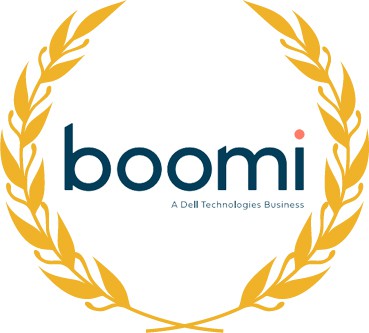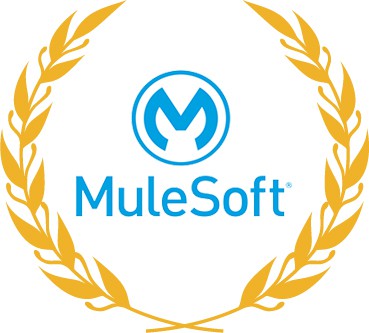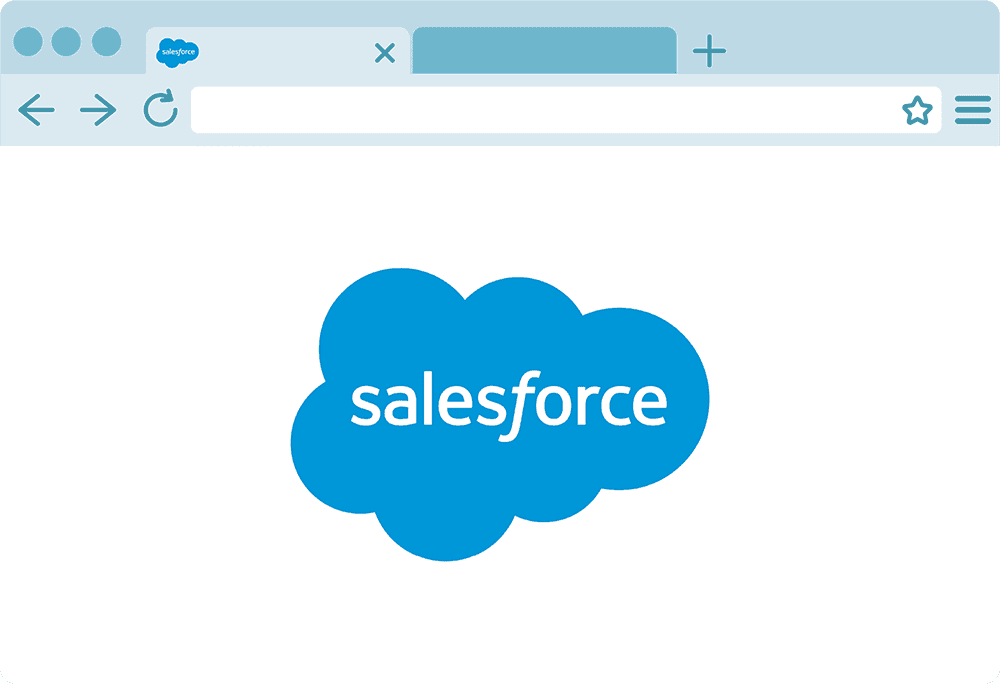Boomi vs MuleSoft: Choosing the Right Integration Platform for Your Business
Choosing the right platform can be a complex process, but it’s essential for ensuring that your integration project is successful. In this article, we’ll compare two popular integration platforms, Boomi and MuleSoft, to help you determine which one is right for your business.
There’s never a better time to be overwhelmed than when trying to decide which tool to champion in your org. For every solution, there are usually 2-4 great choices to trial, demo or pilot. The industry leaders will never give you a pros/cons list – you have to hunt one down from a 3rd party, or unbiased resource, or just come to your own conclusions. No one would fault you for having analysis paralysis!
We thought we’d do you a favor. For Integration Platforms as a Service, Boomi and Salesforce’s Mulesoft have been named by Forrester and Gartner as two of those leading solutions to choose from. Considering that Smartbridge works closely with both, we opted to give you a cursory glance at why one may be better for you than the other.

Boomi and MuleSoft are both Integration Platform as a Service (iPaaS) solutions, but there are some key differences in terms of features and functionality. Boomi offers a cloud-based platform that allows businesses to integrate various cloud and on-premise applications. MuleSoft provides a more comprehensive solution that includes not only integration but also API management and application network capabilities.
And that’s just for starters.
Integration platforms are the unsung heroes of the business world, smoothly orchestrating the flow of data between all your systems and applications. With so many options on the market, choosing the right one for your business can feel like a daunting task. But fear not, dear reader! We’re here to help simplify the process and compare two of the hottest players in the game: Boomi and MuleSoft. So buckle up, grab a cup of coffee, and let’s dive into the world of integration to find the perfect platform for your business!
Key Differences between Boomi and MuleSoft
When it comes to cloud-based integration, Boomi and MuleSoft are two heavy-hitters in the game. Both platforms aim to streamline the flow of data between various systems and applications, but they each bring their own unique set of strengths to the table.
Boomi is the picture of simplicity, offering a low-code approach to integration with a user-friendly visual interface. This makes it a great choice for small and medium-sized businesses who want to connect to popular cloud systems, such as Salesforce, Workday, or ServiceNow, without breaking a sweat. Boomi also packs a punch with its extensive range of pre-built connectors and templates.
On the other hand, MuleSoft is the seasoned veteran, designed for larger organizations with more complex integration needs. With its Java-based programming language, MuleSoft provides the flexibility and customization that larger businesses crave. Plus, its broad range of features makes it a one-stop-shop for managing multiple integrations.
When is Boomi Better than MuleSoft?
Until recently, Boomi was a Dell Technologies business, but has since been sold to Francisco Partners and TPG Capital in 2021. This did very little, or nothing, to slow Boomi’s share of the iPaaS market.
So if you’re looking for a hassle-free integration experience, then Boomi is still the way to go. Its ease of use and low-code approach make it the perfect choice for organizations who want to integrate popular cloud systems quickly and without any fuss.

When is MuleSoft Better than Dell Boomi?
For the big players with even bigger integration needs, MuleSoft is the champion. Its Java-based programming language and customizable approach make it the ideal choice for organizations looking to integrate with legacy systems, or those who want to manage multiple complex integrations with ease.
CRM Integration with Salesforce
Both Boomi and MuleSoft provide excellent support for Salesforce integration. Boomi’s ease of use and wide range of pre-built connectors make it an excellent choice for organizations that need to integrate Salesforce quickly and easily. MuleSoft’s powerful programming capabilities make it an excellent choice for organizations that need to integrate Salesforce with legacy systems or manage complex integrations.
Tips for Working with Boomi and MuleSoft iPaaS solutions
When choosing an integration platform, it’s important to consider your organization’s specific needs and goals. Here are some tips to consider when preparing for your iPaaS initiative:
Deploying an integration platform like Boomi or MuleSoft can be complex and requires a significant investment of time and resources. A consulting firm like Smartbridge can provide expert guidance and support to help you deploy these services effectively. Our integration consultants can help you assess your needs, choose the right solution for your business, and implement it in a way that meets your goals and objectives. With our expertise, you can be confident that your integration project will be completed on time, on budget, and with the desired results.
Instantly schedule a no-obligation 30-minute consult with one of our Managing Directors >
Looking for more on Business App Modernization?
Explore more insights and expertise at Smartbridge.com/modernization
There’s more to explore at Smartbridge.com!
Sign up to be notified when we publish articles, news, videos and more!
Other ways to
follow us:




